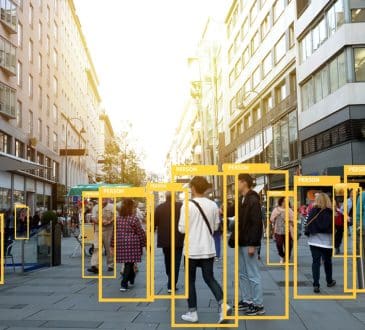The U.S. as a Middle-Class Society

In a middle-class society, presidential candidates often actively engage with this demographic during elections, as wealth, whether from new fortunes or high-paying professions, does not automatically garner respect without merit. Individuals in such societies generally enjoy better opportunities for success, and income distribution tends to be more equitable.
Key characteristics of a middle-class society include a relatively small income gap, with the middle-income group comprising the largest portion of the population. For instance, the income disparities between blue-collar and white-collar workers in the U.S. highlight this balance. In many developing countries, white-collar jobs are often viewed as more prestigious, which can create perceptions of higher status. If this were the case in the U.S., it could lead to increased income inequality and undermine the middle class. However, the narrower income gap between blue-collar and white-collar jobs in the U.S. helps strengthen the middle class, with blue-collar workers, such as electricians and plumbers, playing a vital role.
In terms of work patterns, many blue-collar jobs operate on an appointment basis, adhering to strict schedules. This makes client accumulation essential. Skilled blue-collar workers with strong reputations can significantly enhance their earning potential; a solid reputation often translates to more clients and higher appointment volumes, potentially leading to annual earnings exceeding $600,000.
Personal reputation is crucial in blue-collar professions, encompassing both the quality of technical work and the approach to customer service. A poor reputation can limit client acquisition and substantially diminish income. In fact, reputation acts as a powerful competitive tool, influencing both opportunities and market positioning. Many blue-collar workers in the U.S. dedicate their careers to their trades, motivated by the desire to uphold their reputations and income levels.
Income levels for blue-collar jobs in the U.S. vary significantly by state and by type of work, with disparities sometimes exceeding 50%. Consequently, average income figures reported in labor statistics often fail to capture the true earning potential. Generally, blue-collar jobs involving routine tasks, such as assembly line positions in the automotive industry, tend to offer lower earnings, averaging around $85,000 annually. In contrast, specialized blue-collar roles, such as electricians and plumbers, typically command higher income levels.
How do blue-collar incomes compare with white-collar incomes? For instance, a recent graduate from a prestigious institution like New York University working in film animation design on the East Coast might start with an annual salary of $80,000. While this is relatively high for a recent graduate, starting salaries typically range around $70,000 or even lower. Over time, salaries tend to rise; for example, a software engineer at Google might begin with an annual salary of $130,000, which can increase to an average of $250,000. In some cases, highly skilled software engineers can earn over $400,000 annually.
One of the most significant factors influencing personal income is access to networking resources, which is closely tied to personal reputation. In recent years, the rise of equity movements in the U.S. has also highlighted the importance of these networks. White, heterosexual individuals from prestigious universities often encounter numerous opportunities, but this dynamic has also contributed to certain forms of inequality, and therefore there are social movements in response to this.
Overall, the income levels of blue-collar and white-collar jobs in the U.S. are often quite comparable, with some blue-collar roles in certain fields even exceeding white-collar earnings. This equilibrium between the two job types fosters and maintains a large, robust middle class. If the income gap were to widen significantly, the middle class could diminish, leading to increased social tensions and disparities.
As Zig Ziglar once said, “You don’t have to be great to start, but you have to start to be great.” In a middle-class society, “greatness” often signifies technical innovations and the impact of one’s work, particularly in the finer details. Greatness can be seen in a code engineer’s elegantly crafted software, an electrician’s meticulous cable management, or a scientist’s groundbreaking research. Such achievements truly exemplify greatness that is the middle-class Americans.
Bring the best of the CEOWORLD magazine's global journalism to audiences in the United States and around the world. - Add CEOWORLD magazine to your Google News feed.
Follow CEOWORLD magazine headlines on: Google News, LinkedIn, Twitter, and Facebook.
Copyright 2025 The CEOWORLD magazine. All rights reserved. This material (and any extract from it) must not be copied, redistributed or placed on any website, without CEOWORLD magazine' prior written consent. For media queries, please contact: info@ceoworld.biz








